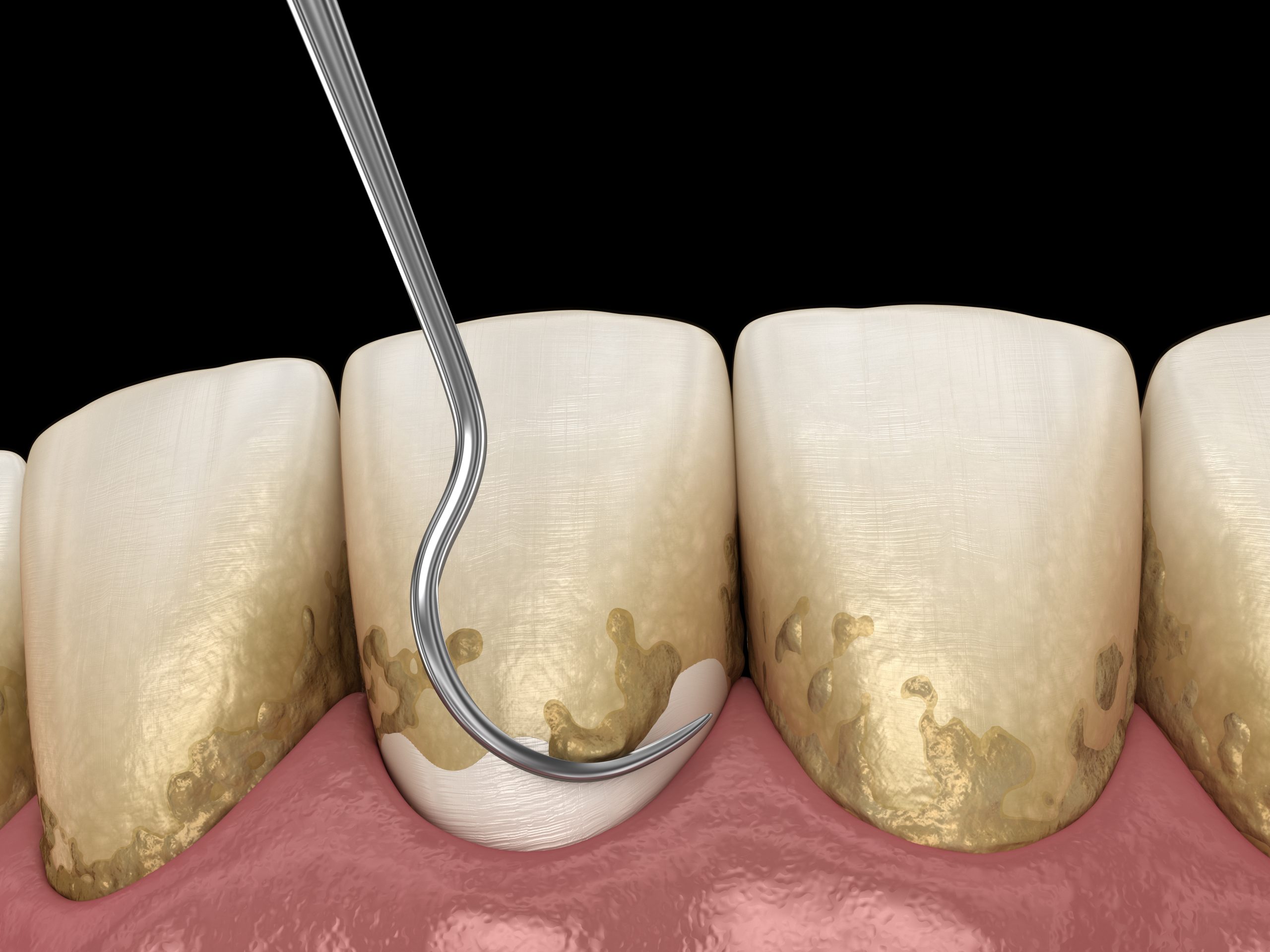What Are the Four Phases of Periodontal Therapy in Coconut Grove?

Have your gums started to bleed? Have you noticed them beginning to recede? Do you have bad breath that nothing seems to help? If you’ve answered yes to any of those questions, it’s time to speak to your dentist about the four phases of periodontal therapy in Coconut Grove.
Phase 1: Prevention
This isn’t necessarily a phase of periodontal therapy, but it is a critical step that can help you avoid the other three. Good oral health starts with proactive, consistent oral hygiene. It’s imperative you brush and floss daily and keep all dental appointments.
Phase 2: Scaling and Planing
This step is non-surgical and involves removing accumulated plaque and tartar buildup. It’s usually done as soon as it’s discovered you have periodontal disease. Scaling is done with a handheld instrument that resembles a hook or curved blade. This step can also be done with ultrasonic scalers.
Root planing or subgingival treatment is the process of cleaning plaque below the gumline. After both steps are completed, the area will be sanitized with an antimicrobial solution.
Phase 3: Pocket Reduction
A pocket reduction procedure is done when pockets have formed and the gum no longer fits snugly against a tooth. This surgical procedure needs to be done because these pockets provide a place for bacteria to grow which leads to the deterioration of bone.
During the procedure, the gum will be folded back and the existing bacteria will be removed. Your gum is then secured back in place. To allow your gum to adhere a little more securely, it is possible bone will be smoothed.
A special protein called enamel matrix derivative (EMD) might also be applied.
Phase 4: Gum and Bone Grafting
These treatments are also surgical and the last of the four phases of periodontal therapy in Coconut Grove. Grafting procedures are done when pocket reduction isn’t effective.
There are three methods of gum grafting:
- Connective tissue is taken from underneath a flap on the roof of your mouth and then grafted into the receding area.
- Tissue can be taken directly from the roof of your mouth (free gingival graft).
- Tissue is taken from the gum adjacent to the tooth that needs repair. A flap is cut, pulled over the receding area, and then stitched into place (this process is called the pedicle graft method).
Because it’s an intense process, bone grafting is only used as a last resort. Bone tissue will first be harvested from your chin or jaw. In some cases, this tissue can be taken from your hip or shin. There is also synthetic tissue that can safely be used.
Once the tissue is harvested, the gums are folded back and the bacteria removed. Bone tissue is then inserted. Bone grafting is something that’s often done when getting dental implants.
To Learn More About the Four Phases of Periodontal Therapy, Give us a Call Today!
If you suspect you have periodontal disease, please do not delay meeting with Dr. Villavicencio. The earlier it’s caught the better for you! Contact us today at 786-321-7035 to request your appointment.

